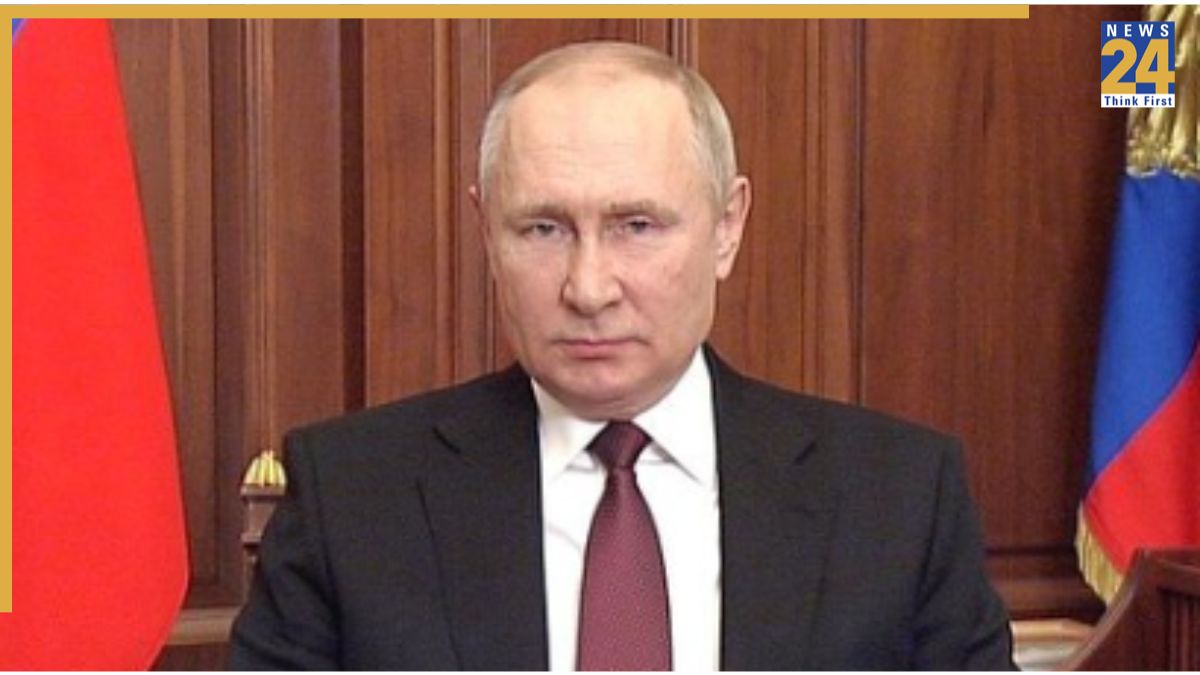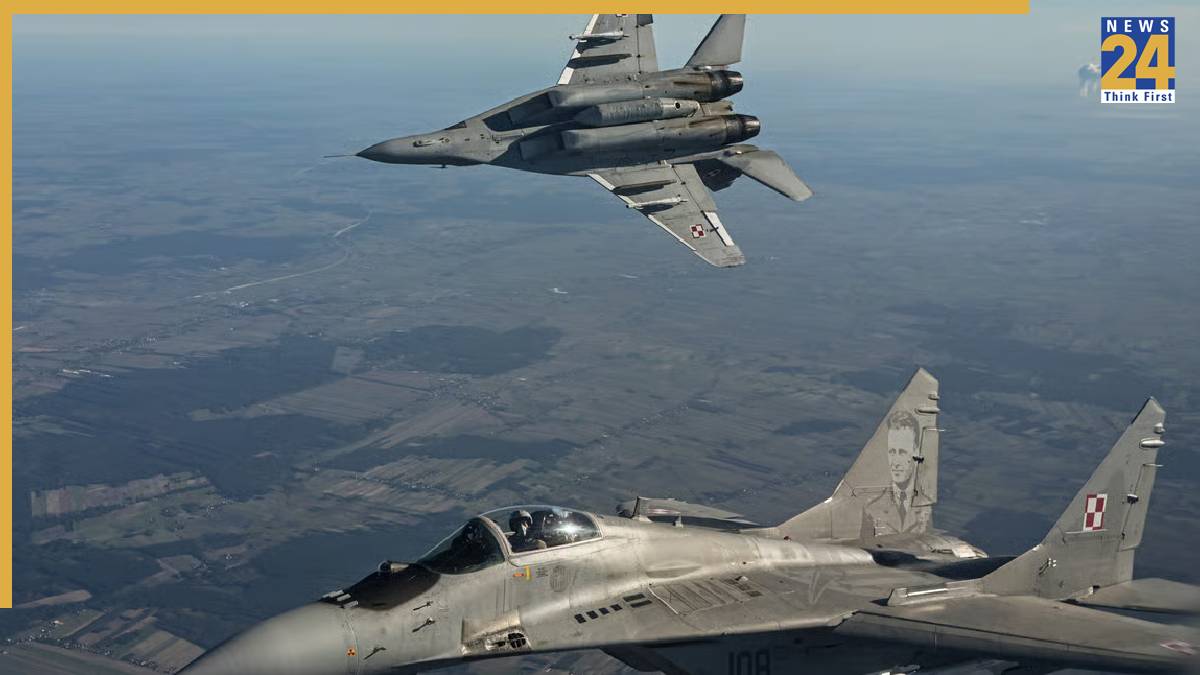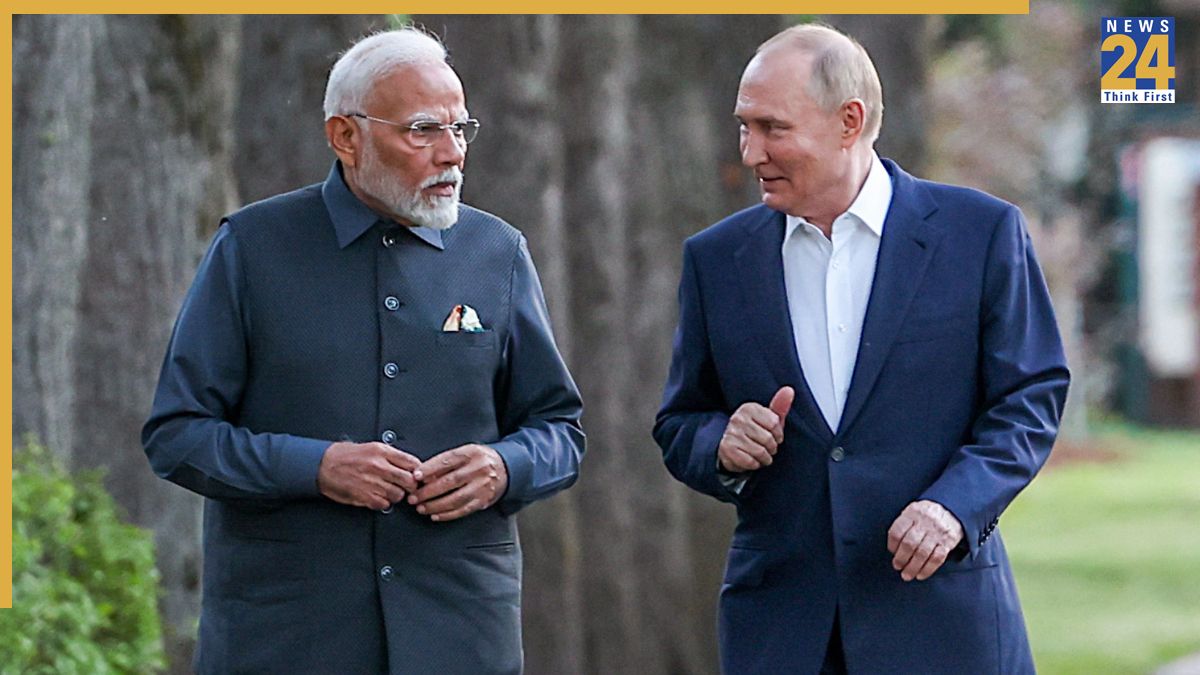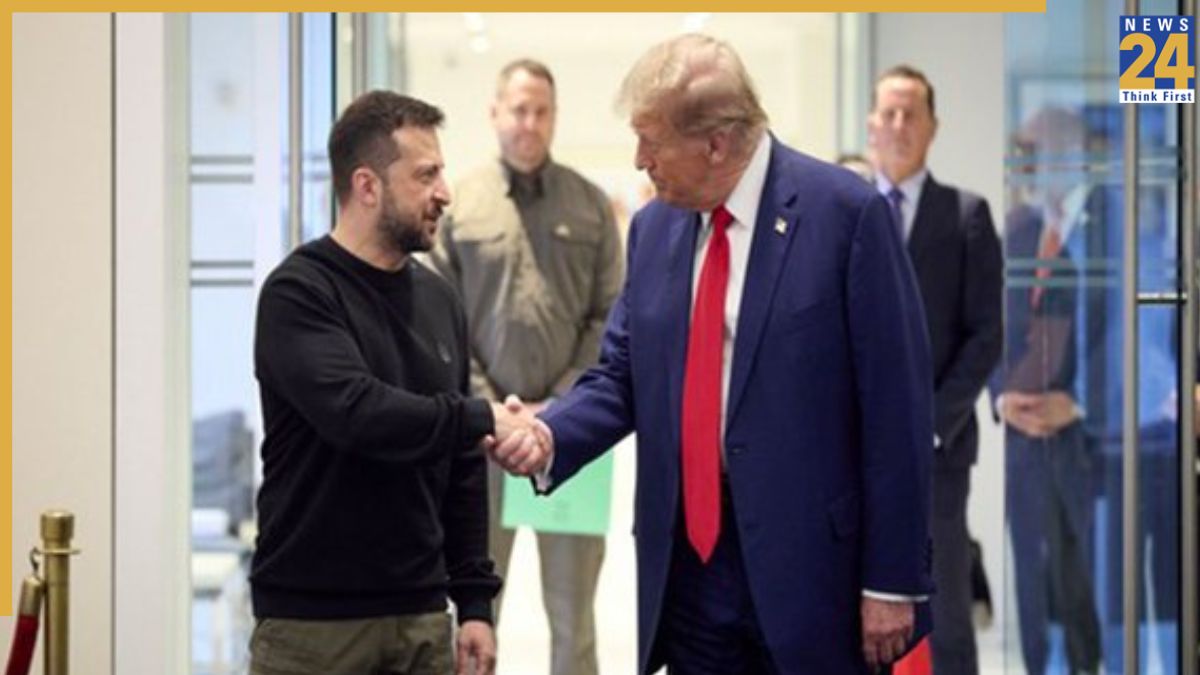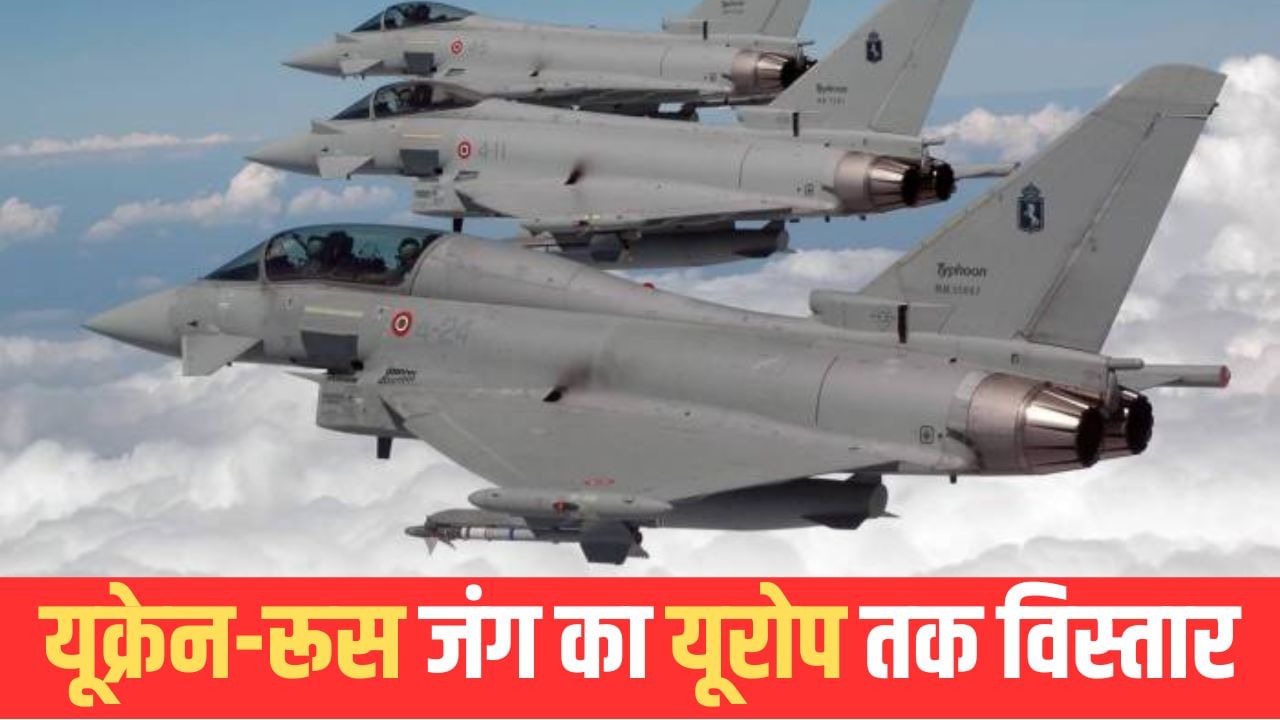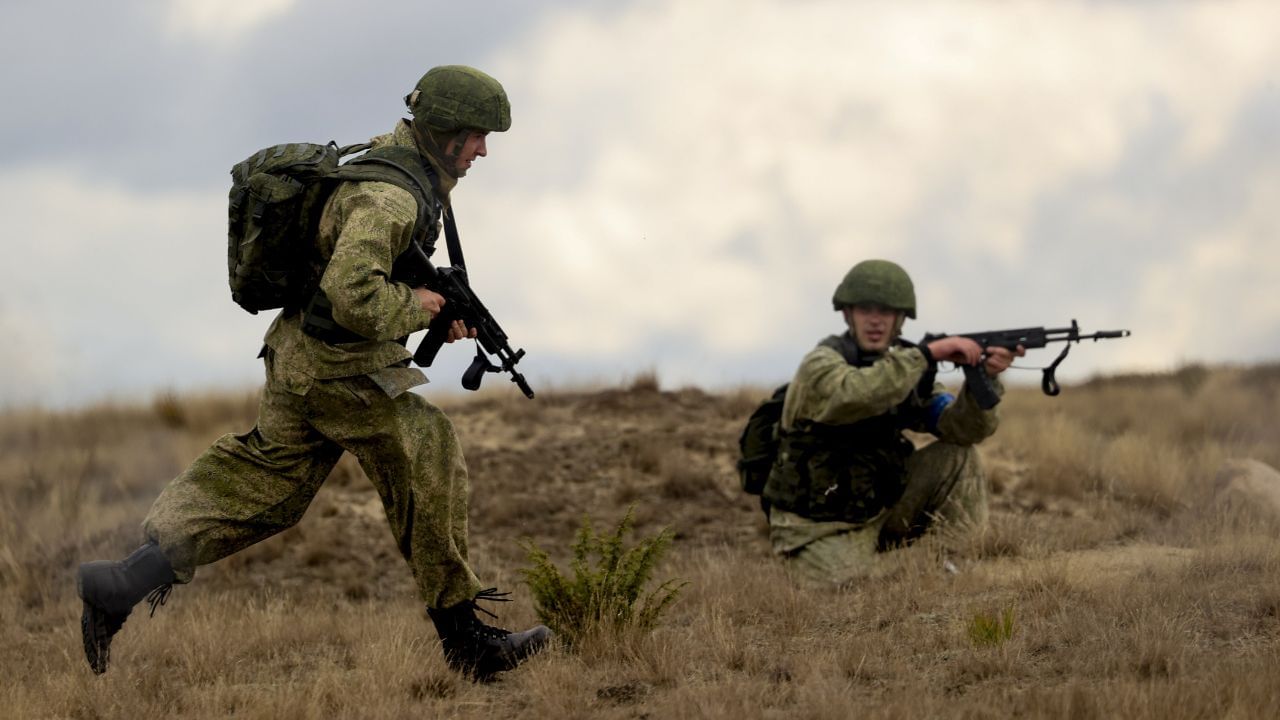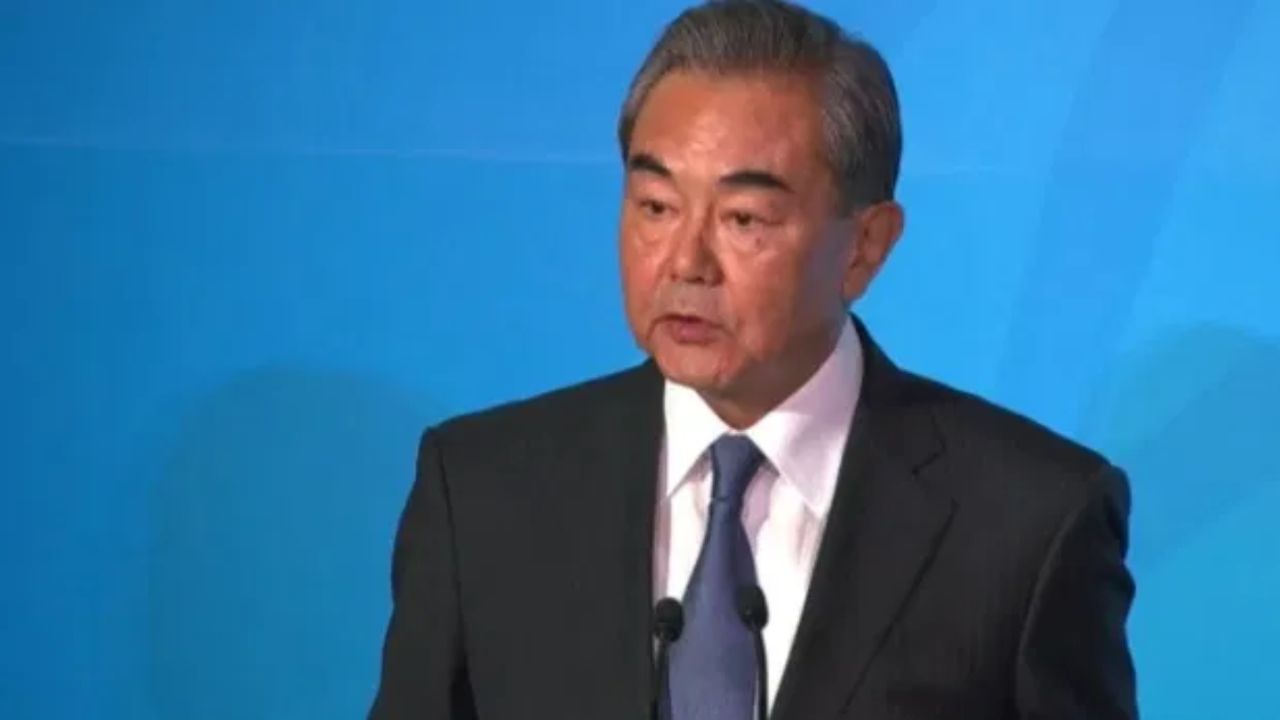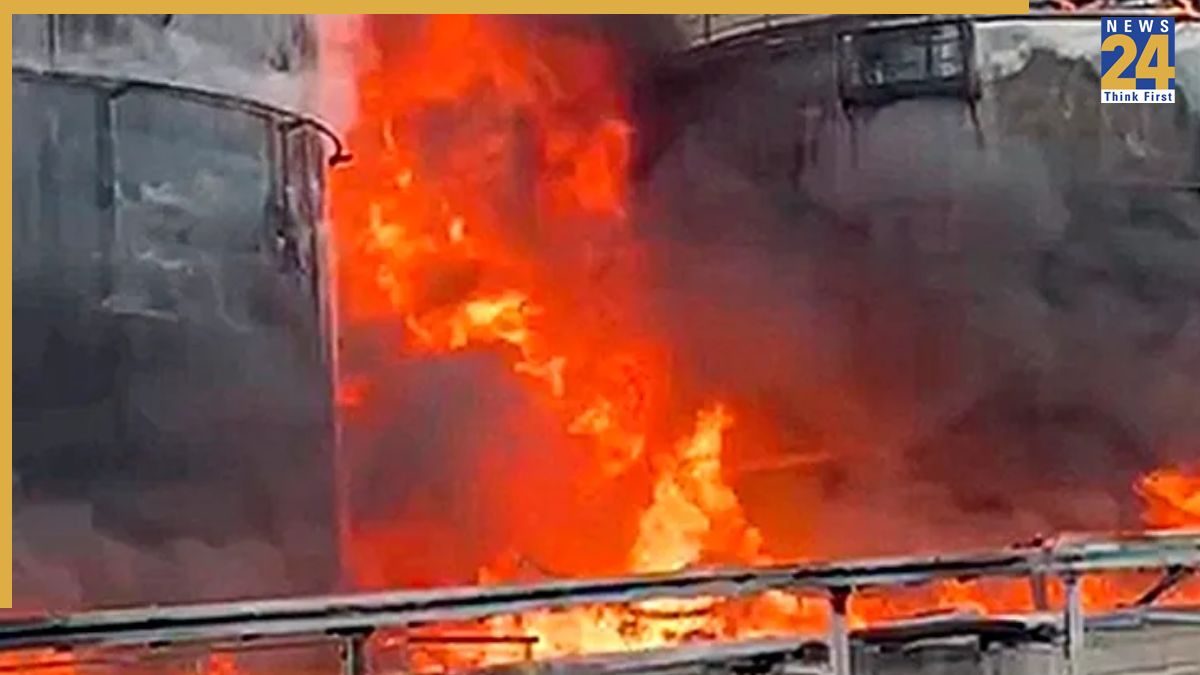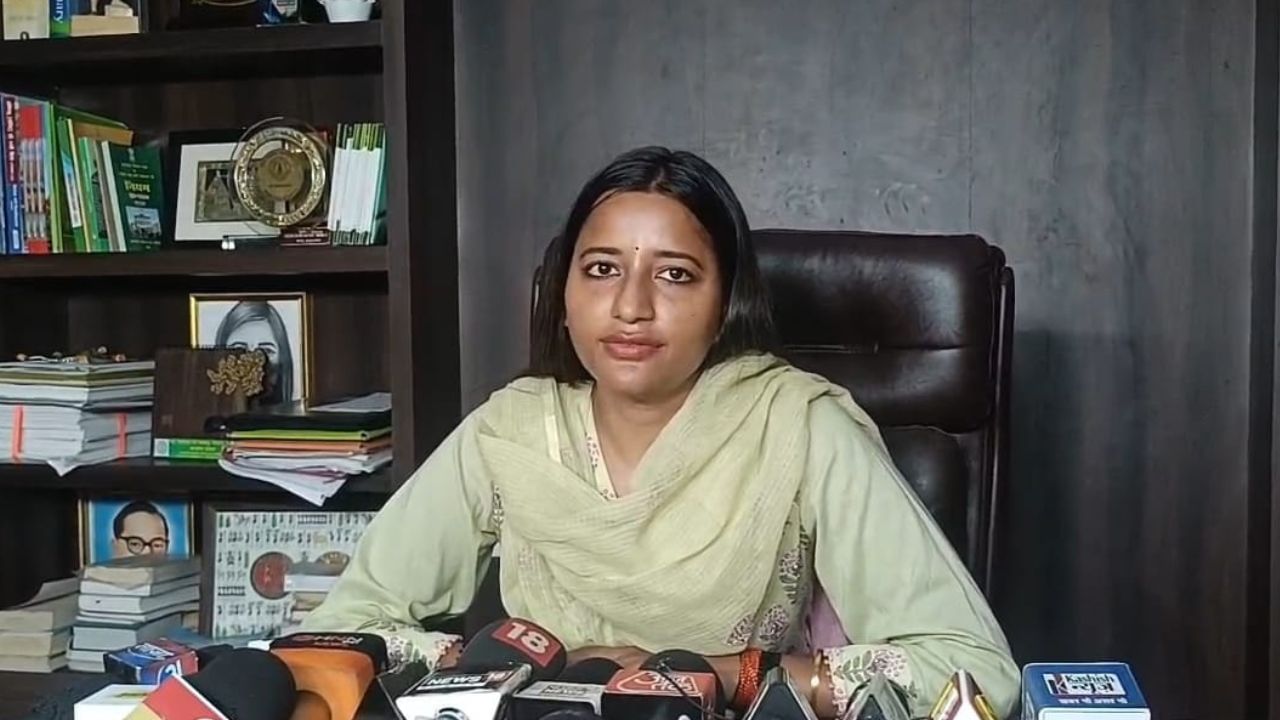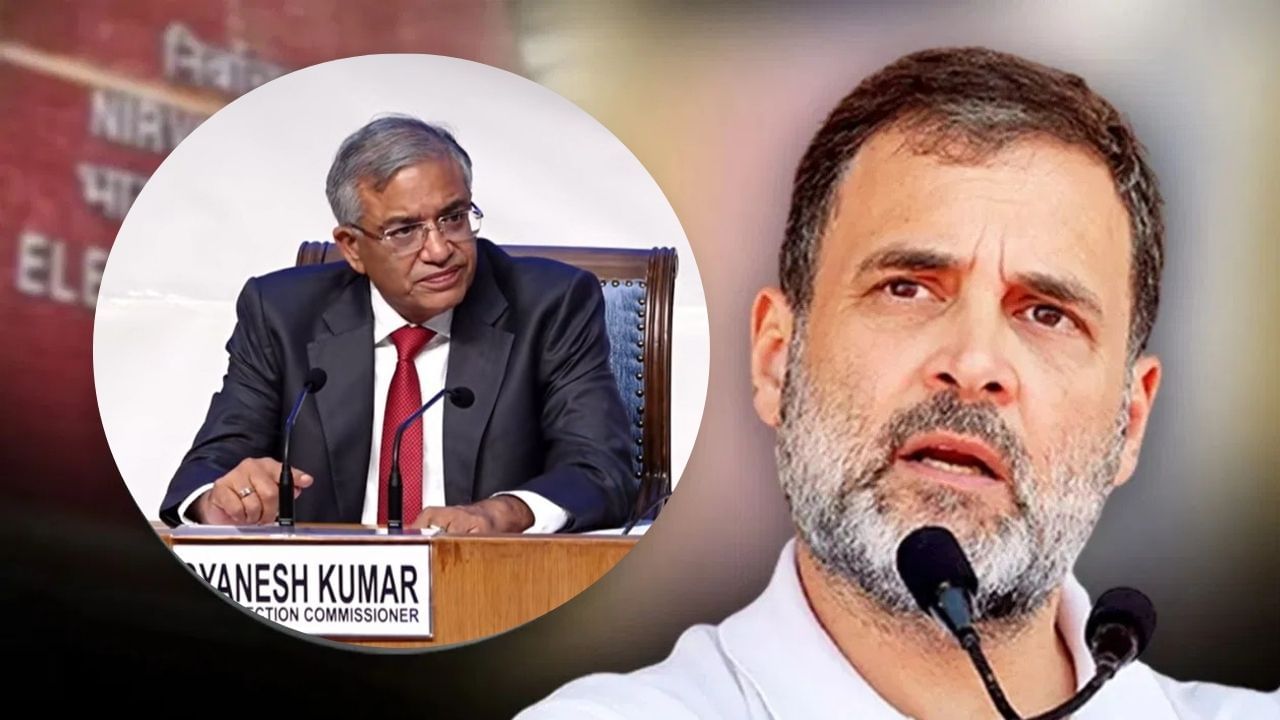Subscribe to Updates
Get the latest creative news from FooBar about art, design and business.
Browsing: NATO
Poland Temporarily Shuts Airspace Amidst Russian Attacks on Ukraine, Prompting NATO Security Buildup
A portion of Polish airspace, specifically southeast of the capital, experienced a temporary closure on Sunday due to “unplanned military activity.” This…
A portion of Polish airspace, situated southeast of the capital, experienced a temporary closure on Sunday due to unspecified military operations, coinciding…
The European Union (EU) has formally announced the establishment of a ‘drone wall’ along its eastern border in response to persistent airspace…
The Indian government has refuted claims made by NATO Chief Mark Rutte regarding a phone conversation between Prime Minister Narendra Modi and…
NATO Secretary-General Mark Rutte stated that the US President’s imposition of 50% tariffs on India due to Russian oil purchases is significantly…
The escalating aggressive stance of Russia heightens the risk of a global conflict, causing concern in the United States and Europe. In…
Former U.S. President Donald Trump has stated that Ukraine, with the backing of the European Union and NATO, is in a position…
Former U.S. President Donald Trump stated that Ukraine could reclaim all territories seized by Russia. Following a meeting with Ukrainian President Volodymyr…
Ukrainian President Volodymyr Zelenskyy announced plans to meet with former US President Donald Trump during the upcoming 80th UN General Assembly. Zelenskyy…
The Russia-Ukraine war has been ongoing for over three years, and the possibility of the conflict spreading throughout Europe has increased. The…
Two American soldiers were unexpectedly present during the large-scale Russian and Belarusian military exercise, Zapad-2025. Belarus described their presence as a surprise…
Following an Israeli strike in Qatar, key Hamas leaders have gone underground. Among those reported to have disappeared are Al-Khalil al-Hayya, Osama…
China has reacted to former President Donald Trump’s threats of imposing tariffs. The response comes in light of Trump’s recent call for…
In a significant escalation, Ukraine executed a large-scale drone operation targeting Russia’s largest oil terminal on Saturday. The attack resulted in fires…
In response to former US President Donald Trump’s suggestion of imposing tariffs on China ranging from 50% to 100% to curb Russian…
Amidst the ongoing conflict between Russia and Ukraine, Europe is witnessing a resurgence of tension. Poland, concerned about drone threats, deployed Polish…





